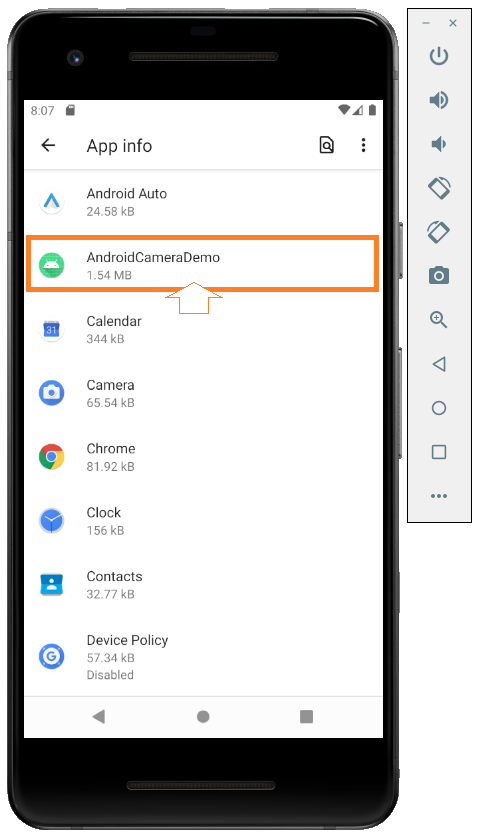

To thoroughly test application, developer should create an AVD for each general device configuration (for example, different screen sizes and platform versions) with which application is compatible and test application on each one. A dedicated storage area on development machine: the device’s user data (installed applications, settings, and so on) and emulated SD card are stored in this area.ĭeveloper can create as many AVDs as developer need, based on the types of device developer want to model.Developer can also specify the emulated SD card to use with the AVD. Other options: Developer can specify the emulator skin developer want to use with the AVD, which lets developer control the screen dimensions, appearance, and so on.Developer can choose a version of the standard Android platform or the system image packaged with an SDK add-on. A mapping to a system image: Developer can define what version of the Android platform will run on the virtual device.

For example, developer can define whether the device has a camera, whether it uses a physical QWERTY keyboard or a dialing pad, how much memory it has, and so on.



 0 kommentar(er)
0 kommentar(er)
